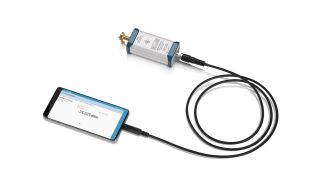The big cities of the world are drowning in traffic, and La Paz, the seat of government of Bolivia, is no exception. A good two million people live in the greater metropolitan area of the city, which lies at a breathtaking 3000 to 4100 meters above sea level in the heart of the Andes. Red brick houses crowd together in a valley and nestle side by side on the steep slopes. To the west, the gray of concrete mixes with the brick red. At an altitude of 4100 meters on the Altiplano plateau, the air is even thinner, and La Paz merges seamlessly with its sister city, El Alto.
Almost a million people live in the former workers' settlement. "The High Place", as El Alto translates in English, is mostly a dormitory city. Going to work or visiting authorities usually means a trip down to La Paz. In the past, this entailed a journey of up to two hours by road – either in a crowded minibus or by car, in bumper-to-bumper traffic. The local topography means that there are few wide main roads between La Paz and El Alto, and the extreme inclines make a subway technically impossible to build.
"Colors of La Paz" – commuting in colorful cabins
In La Paz, an aerial cable car network was floated as an alternative means of public transport, and since 2014 colorful cabins have been floating silently and emission-free over the sea of houses of the city. The red, green, light blue, dark blue, yellow, orange, purple, coffee brown, white and silver cabins all belong to Mi Teleférico, the world's highest urban cable car network – and at over 30 kilometers also the longest.
The ten current routes offered by Mi Teleférico comprise 26 stations and connect El Alto and La Paz as well as the northern and southern sections of La Paz itself. Getting between the two sister cities can now be done in a fraction of the time it takes by bus or car. Hovering 65 meters or more above the ground, one can relax and take in the mountain panorama. On clear days, snow-covered Mount Illimani, over 6400 meters high and close to La Paz, seems almost within arm's reach.











